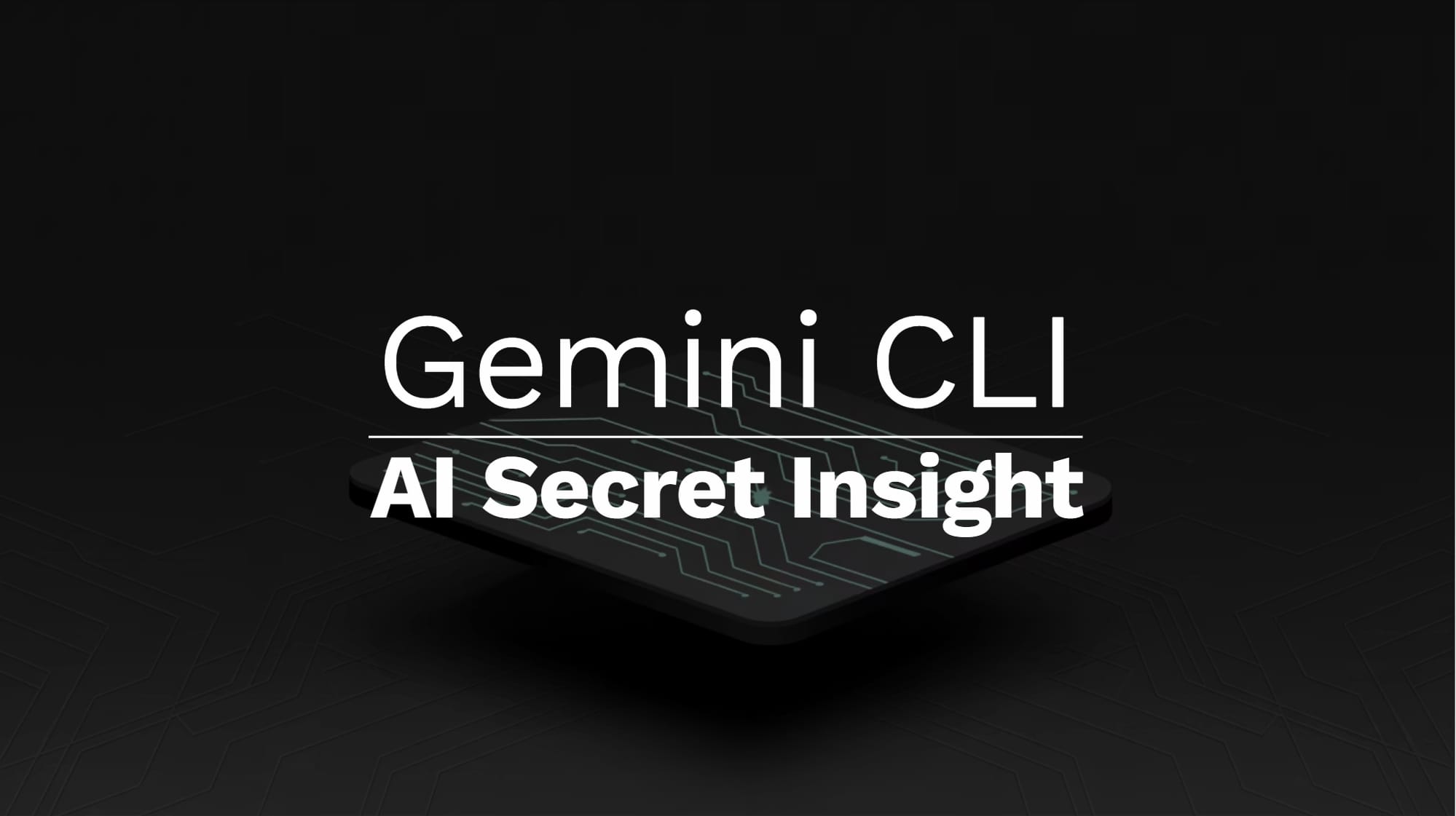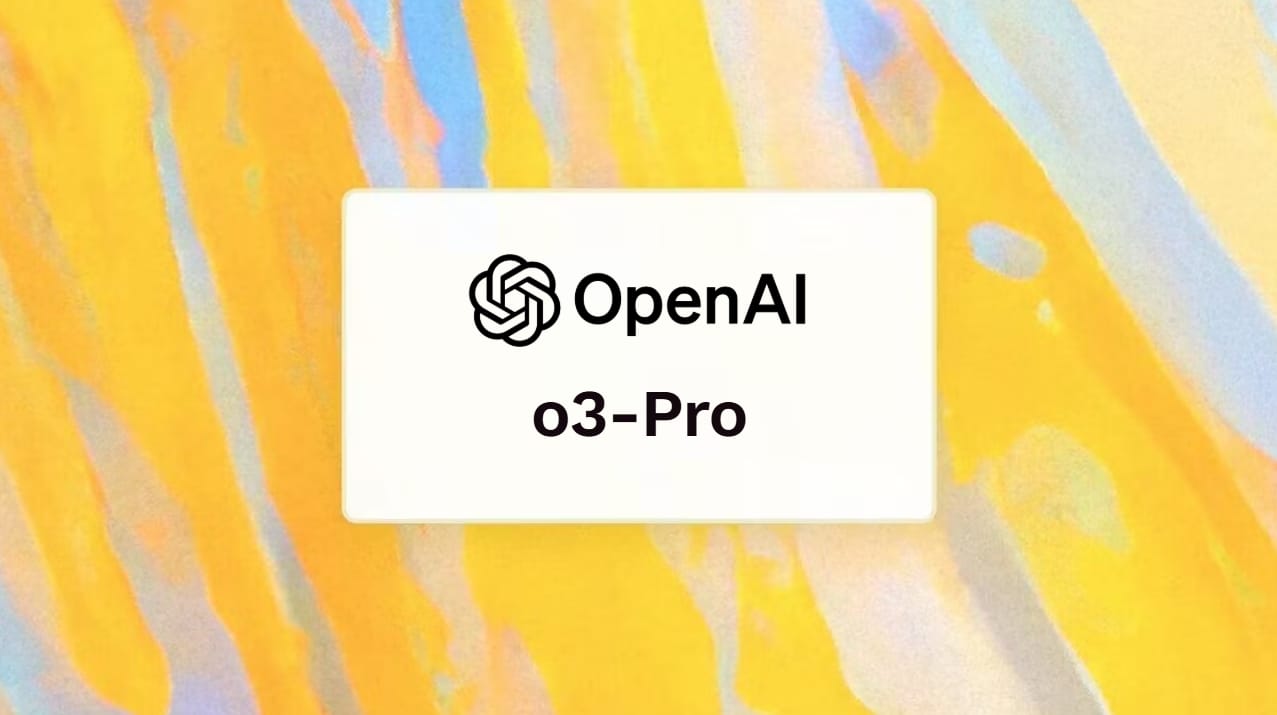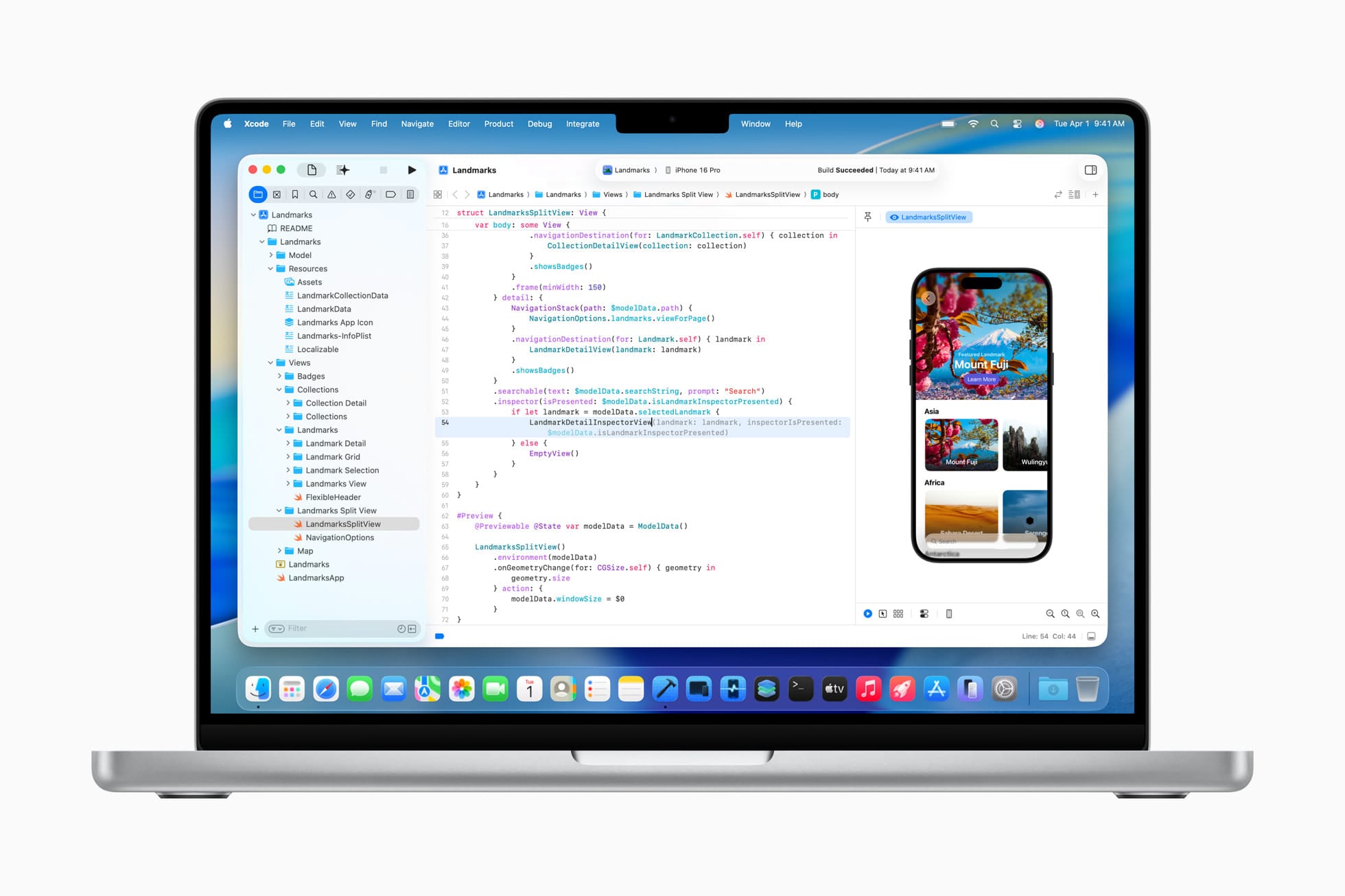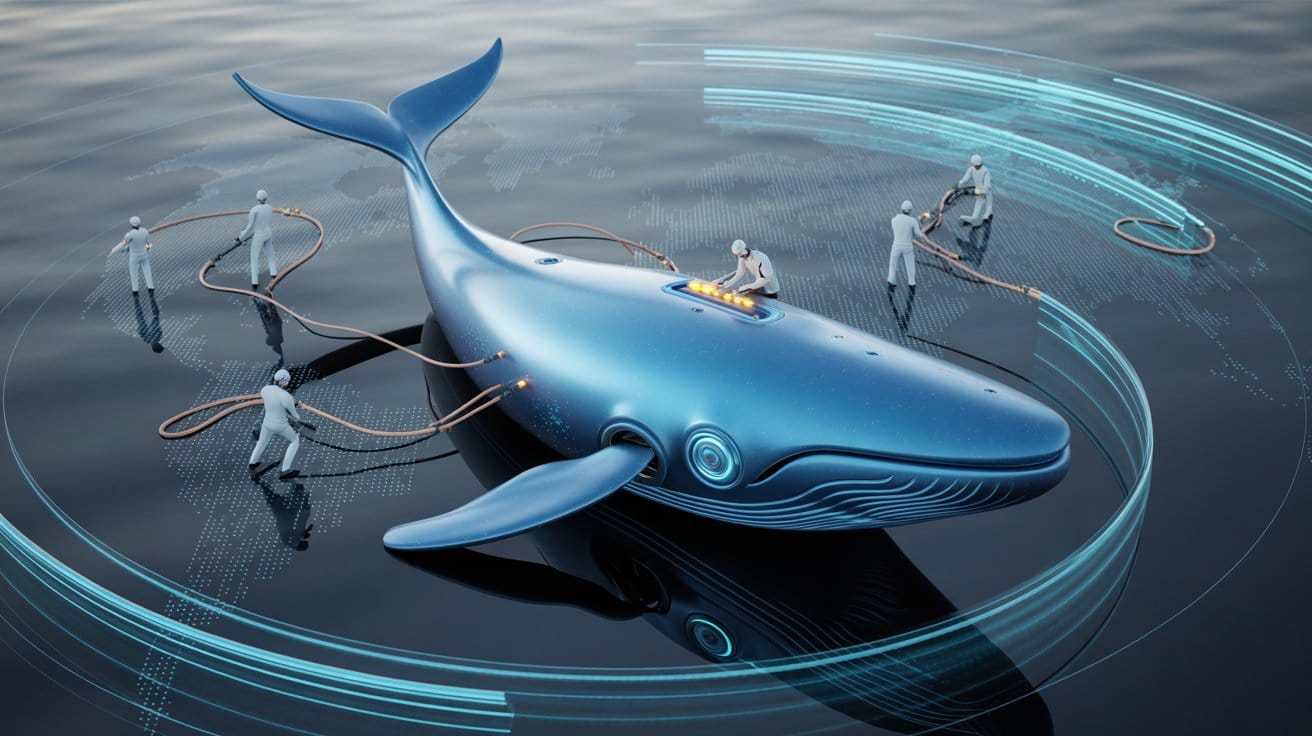Midjourney Launched First Video Model
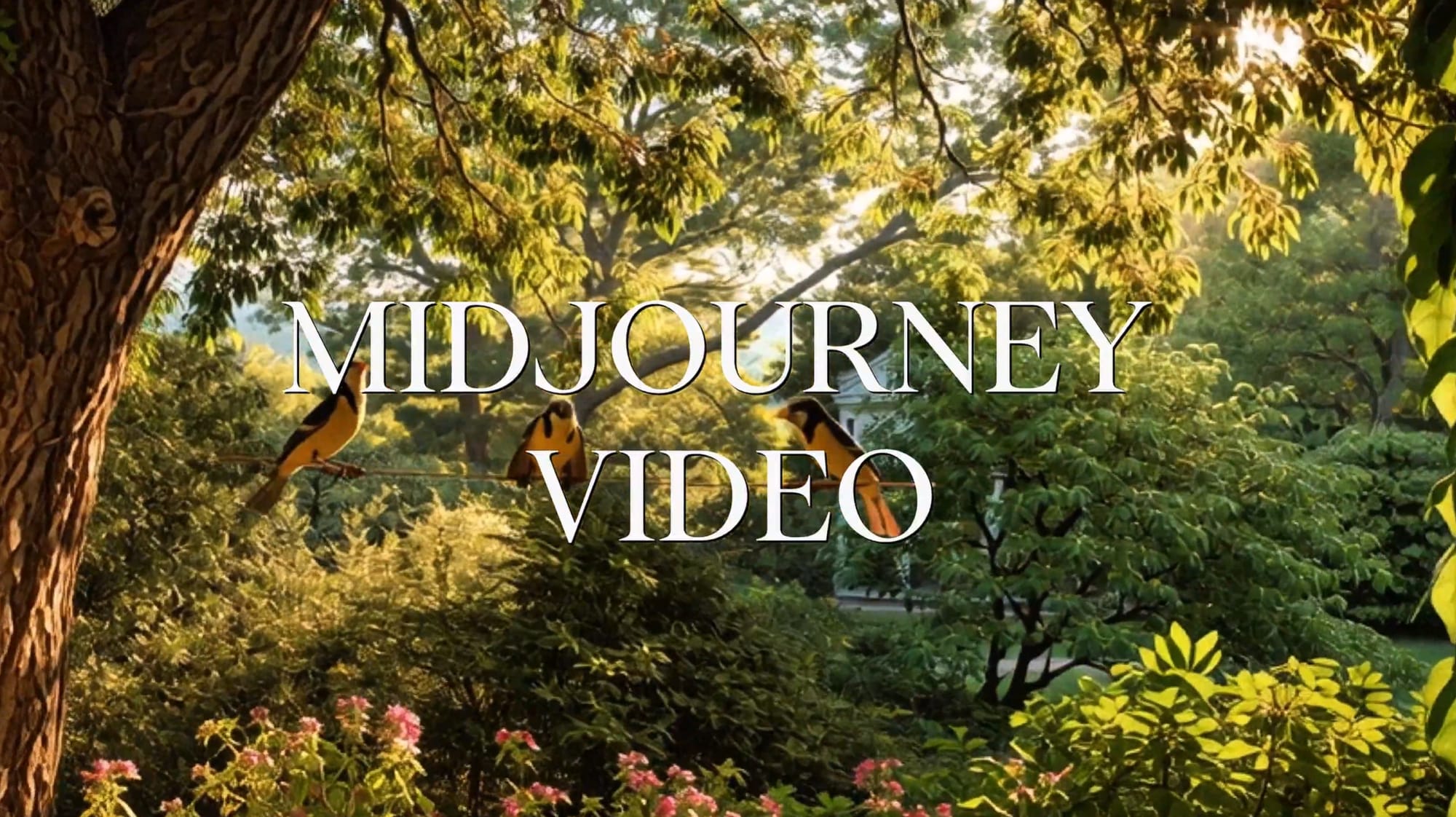
On a day that will be remembered by meme-makers and digital artists alike, Midjourney, the company renowned for its AI-generated art tools, unleashed its very first video model into the wild. The internet, as expected, did not disappoint: Reddit exploded with nearly 3k likes in a matter of hours, and the comment sections became a digital coliseum of hot takes, wild speculation, and the occasional “first!” post. But beyond the memes and the hype, what does this new video model actually do? What technical wizardry powers it, and how does it stack up against the competition?
Why All the Fuss?
Before we get into the nuts and bolts, let’s set the stage. Midjourney’s image model has already become a household name among digital creators, with its uncanny ability to generate stunning, sometimes surreal images from simple text prompts. The leap from still images to video, however, is no small feat. Video generation requires not just the ability to create a single compelling frame, but to string together dozens—if not thousands—of frames in a way that’s coherent, dynamic, and, ideally, doesn’t devolve into a Salvador Dalí fever dream halfway through.
The news of Midjourney’s video model release was met with immediate excitement. The Reddit post announcing the launch quickly racked up nearly 3k likes, and the comment section became a battleground of speculation, excitement, and the occasional existential dread about AI’s ever-expanding capabilities. But as the dust settled, one question remained: what makes this video model tick?
The Technical Heartbeat of Midjourney’s Video Model
we need to talk about midjourney video interactions.. WTF IS THIS??? https://t.co/9ugEorwkR0 pic.twitter.com/jaB9G3kt4C
— ₩ (@trbdrk) June 14, 2025
Architecture: Transformers Take Center Stage
At the core of Midjourney’s video model lies a sophisticated transformer-based architecture. If you’re not familiar with transformers, think of them as the Swiss Army knives of the AI world—versatile, powerful, and capable of handling everything from language to images, and now, video. Transformers excel at capturing long-range dependencies, which is crucial for video generation. After all, you don’t want your AI-generated cat to suddenly turn into a dog halfway through a 10-second clip (unless you’re going for avant-garde).
Midjourney’s model likely employs a combination of spatial and temporal transformers. Spatial transformers handle the details within each frame, ensuring that every pixel is in its right place. Temporal transformers, on the other hand, ensure that the action flows smoothly from one frame to the next. This dual approach allows the model to maintain both visual fidelity and temporal coherence—a fancy way of saying “it looks good, and it moves right.”
Training Data: The Secret Sauce
No AI model is better than the data it’s trained on, and Midjourney’s video model is no exception. While the company has been tight-lipped about the exact datasets used, it’s safe to assume that the model was trained on a massive corpus of video clips, likely sourced from public domain footage, licensed content, and possibly even user-generated videos. The diversity and scale of this dataset are critical: the more varied the training data, the more versatile the model becomes.
One of the key challenges in video generation is ensuring that the model doesn’t just memorize its training data (a phenomenon known as overfitting), but actually learns to generalize. This is where techniques like data augmentation come into play—by randomly flipping, rotating, or otherwise tweaking the training videos, the model learns to handle a wider range of scenarios. Think of it as AI boot camp, but with less yelling and more matrix multiplications.
Latent Diffusion: The Magic Behind the Scenes
If you’ve been following the world of AI art, you’ve probably heard of diffusion models. These models start with random noise and gradually “denoise” it, guided by a text prompt, until a coherent image—or, in this case, a video—emerges. Midjourney’s video model likely builds on this approach, using a technique known as latent diffusion.
In latent diffusion, the model operates not directly on the pixels, but on a compressed representation of the video known as the latent space. This makes the process much more efficient, allowing the model to generate high-quality videos without requiring a supercomputer the size of a small moon. The result? Videos that are not only visually impressive, but also generated in a fraction of the time compared to older methods.
Text-to-Video: The Holy Grail
Perhaps the most exciting feature of Midjourney’s video model is its ability to generate videos from text prompts. Want to see a “cyberpunk cat riding a hoverboard through neon-lit Tokyo”? Just type it in, and let the model do the rest. This is achieved through a process known as cross-modal learning, where the model learns to map between text and video representations.
The technical challenge here is immense: the model must not only understand the semantics of the prompt, but also translate it into a sequence of frames that make sense both visually and temporally. This requires a deep understanding of both language and visual dynamics—a feat that only the most advanced AI models can pull off.
Resolution and Frame Rate: The Devil’s in the Details
Early reports suggest that Midjourney’s video model can generate clips at resolutions up to 720p, with frame rates ranging from 12 to 24 frames per second. While this may not rival Hollywood blockbusters just yet, it’s a significant leap forward for AI-generated content. The model also supports variable clip lengths, with most demos showcasing videos between 2 and 10 seconds long.
Here’s a quick comparison of Midjourney’s video model with other leading AI video generators as of June 2025:
| Model | Max Resolution | Frame Rate | Max Clip Length | Text-to-Video Support |
|---|---|---|---|---|
| Midjourney Video V1 | 720p | 24 fps | 10 sec | ✅ Yes |
| Runway Gen-3 | 1080p | 30 fps | 15 sec | ✅ Yes |
| Pika Labs V2 | 720p | 24 fps | 8 sec | ✅ Yes |
| Google Lumiere | 1080p | 30 fps | 10 sec | ✅ Yes |
Style and Consistency: The Midjourney Signature
One of the hallmarks of Midjourney’s image model has been its distinctive, often painterly aesthetic. The video model continues this tradition, offering a range of styles from photorealistic to impressionistic. Users can specify the desired style in their prompts, allowing for a high degree of creative control.
Consistency is another area where the model shines. Early user feedback suggests that the model is adept at maintaining character and object consistency across frames—a notoriously difficult challenge in AI video generation. This is achieved through advanced attention mechanisms that track key features throughout the clip, ensuring that your cyberpunk cat doesn’t suddenly lose its hoverboard halfway through the video.
Interactivity and Editing: The Next Frontier
While the current version of the model focuses on generating videos from scratch, there are hints that future updates will include more interactive features. These could include the ability to edit existing videos, generate variations on a theme, or even collaborate with other users in real time. Given Midjourney’s track record of rapid iteration, it’s likely that these features are just around the corner.
My Take: The Good, the Bad, and the Gloriously Weird
Having spent far too many hours trawling through Reddit threads, demo videos, and technical papers, I can confidently say that Midjourney’s video model is a game-changer—albeit one with a few rough edges. The technical achievements are undeniable: the model’s ability to generate coherent, stylish videos from text prompts is nothing short of magical. The use of transformer-based architectures and latent diffusion represents the cutting edge of AI research, and the results speak for themselves.
That said, there are still challenges to overcome. The current limitations in resolution and clip length mean that the model is best suited for short-form content—think social media clips, ads, or experimental art projects. For longer or higher-resolution videos, traditional methods still have the edge. There are also important ethical questions to consider, particularly around copyright and deepfakes.
But perhaps the most exciting aspect of Midjourney’s video model is its potential to democratize video creation. By lowering the barriers to entry, the model empowers anyone with an idea and a keyboard to bring their visions to life. Whether you’re a professional artist, a hobbyist, or just someone looking to make the next viral cat video, the tools are now at your fingertip
So, the next time you see a cyberpunk cat riding a hoverboard through neon-lit Tokyo, remember: it might just be the work of Midjourney’s AI. And if you’re lucky, it’ll be riding straight into your Reddit feed, ready to rack up another 3,000 likes.

